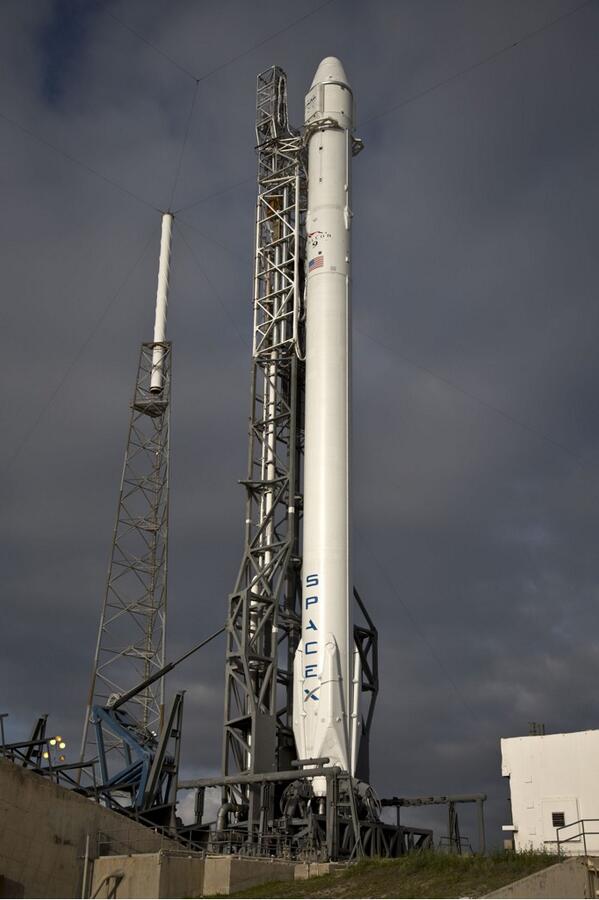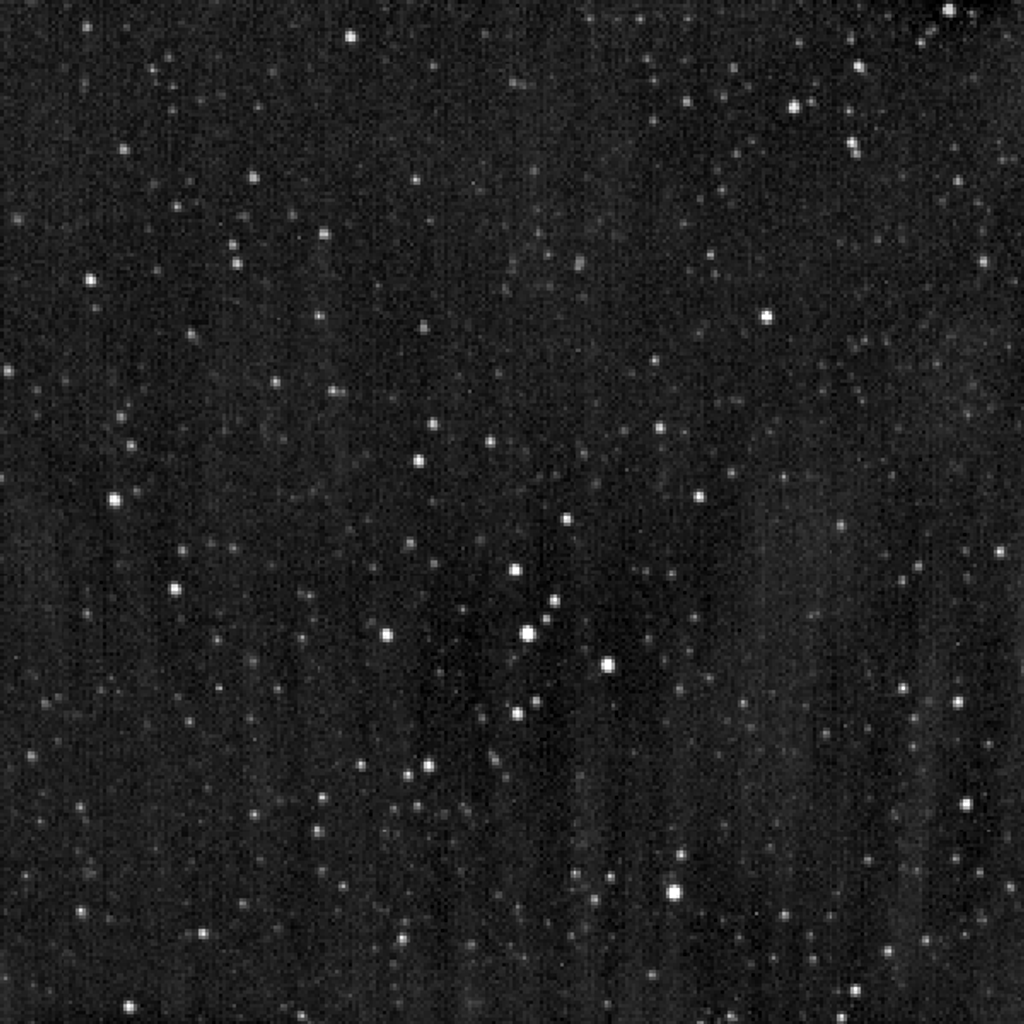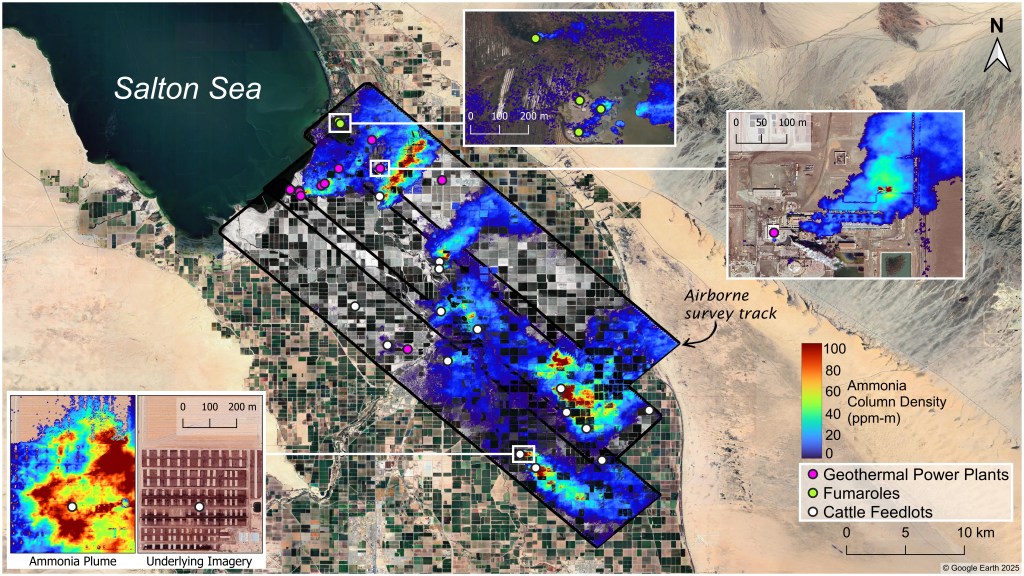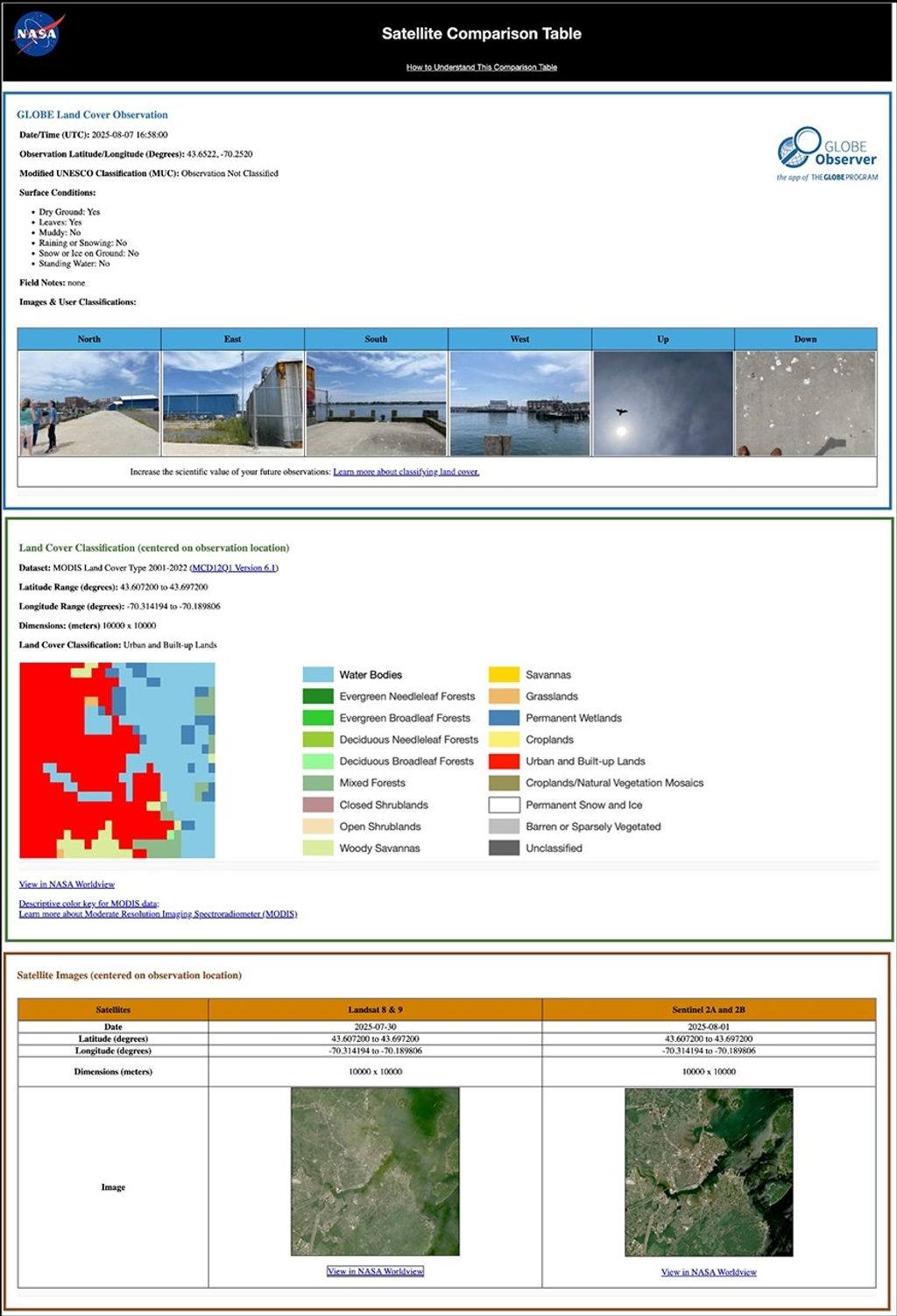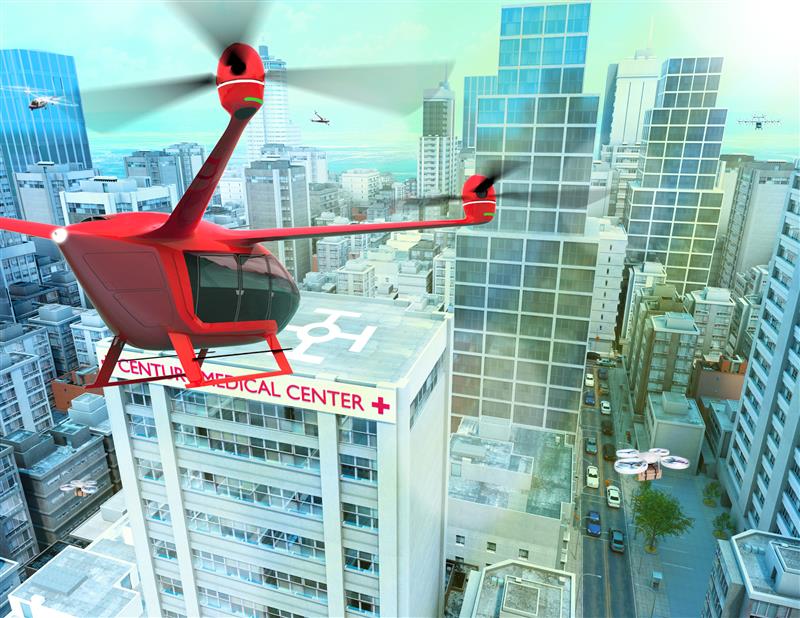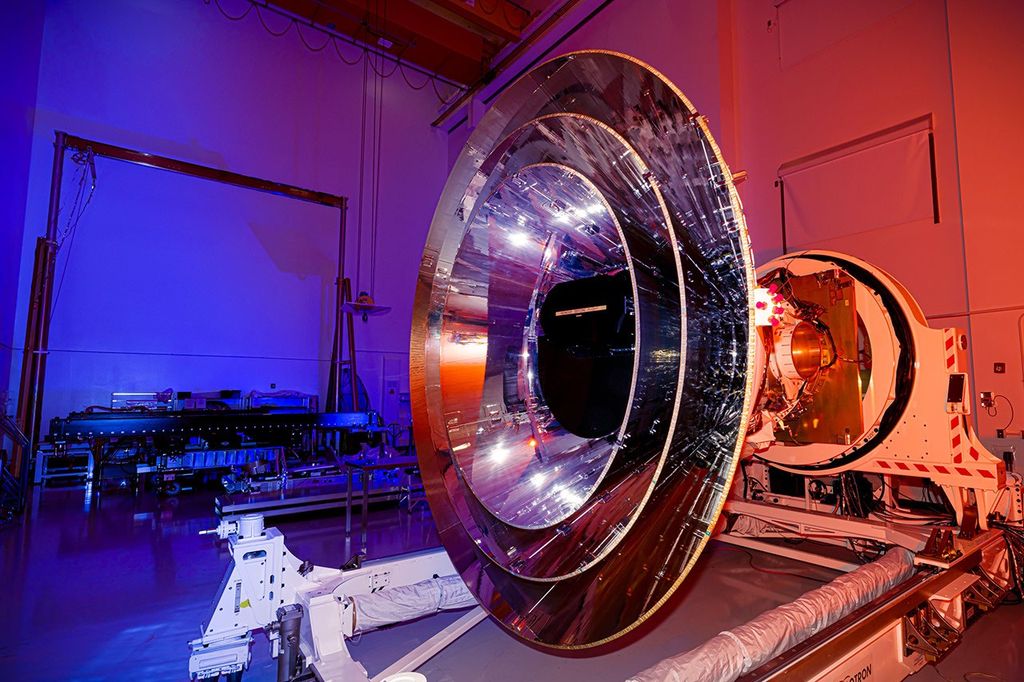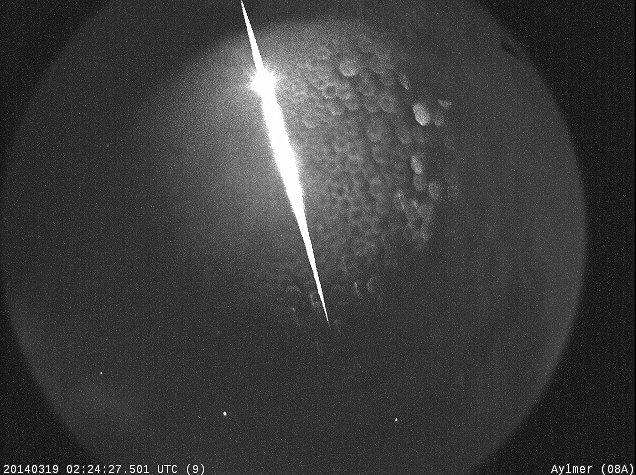SpaceX will target its next cargo mission launch to the International Space Station from Cape Canaveral Air Force Station in Florida, for 10:49 p.m. EDT, Sunday, March 30. An on-time launch would put the Dragon’s arrival at the station at about 7 a.m. Wednesday, April 2. We’ll begin our continuous launch coverage at 9:45 p.m. …
Launch Time: 10:49 P.M. EDT on Sunday
